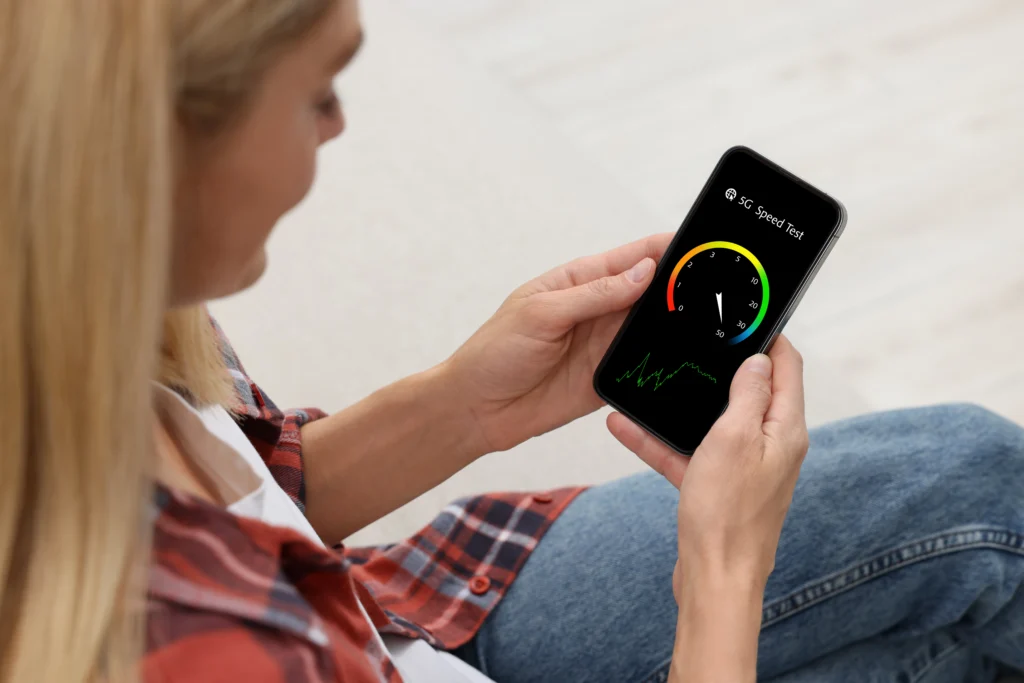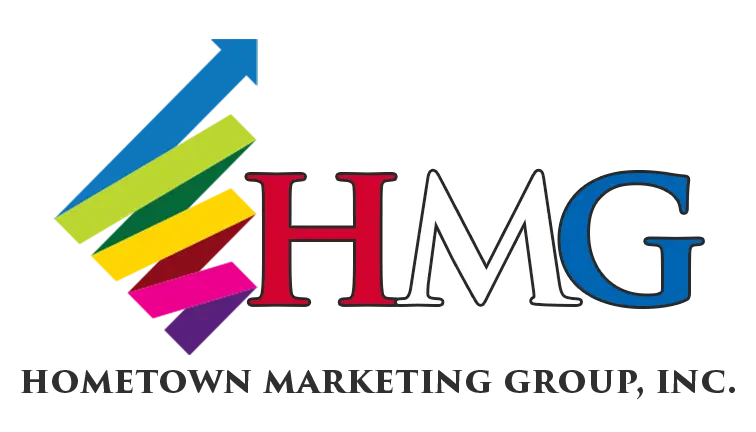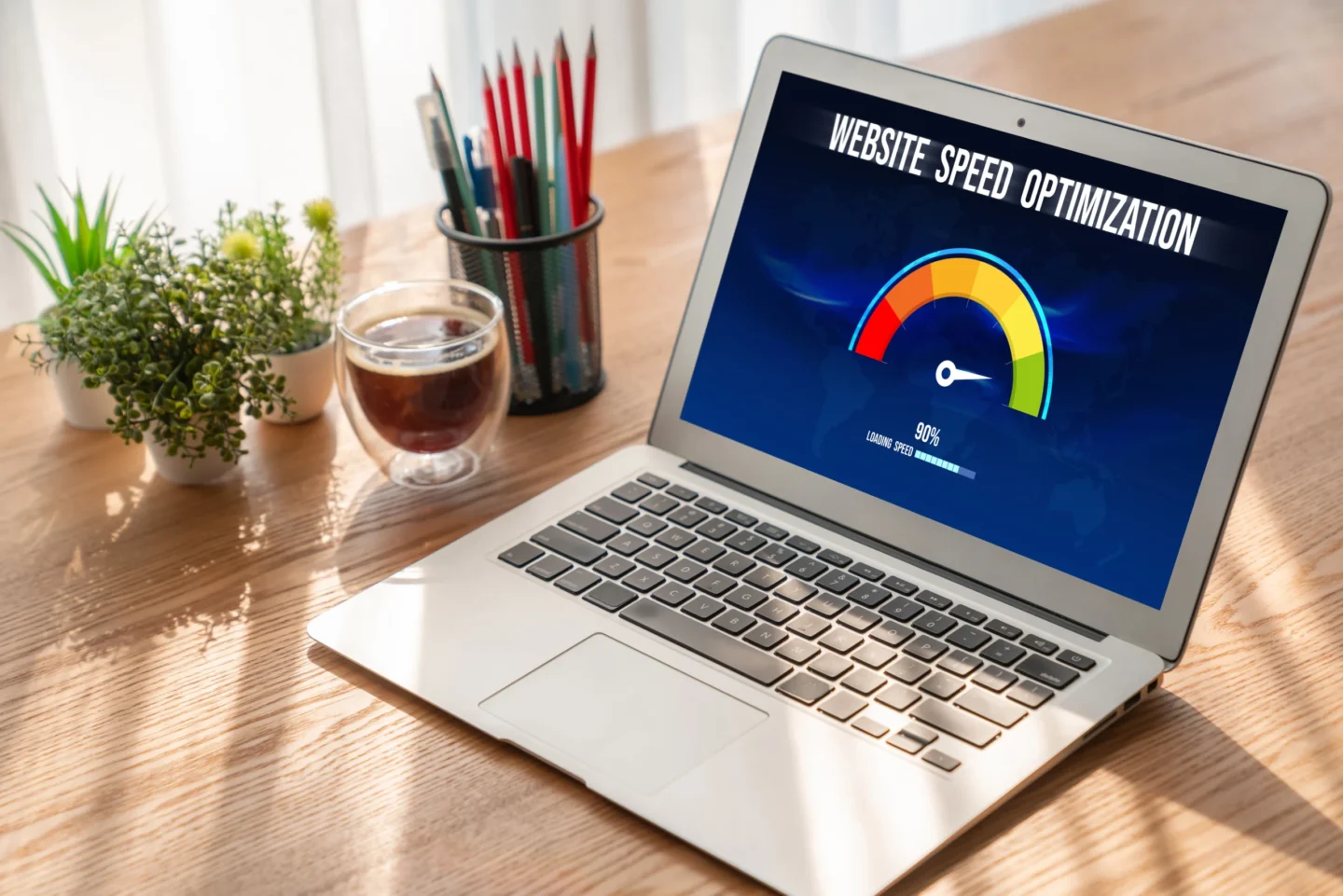
Imagine walking into a store where the doors stick and the lights flicker for a few seconds before turning on—that’s exactly how a sluggish website feels to visitors. In those initial moments, users decide whether to stay, explore, and ultimately buy. Speed is the silent handshake that tells people your brand is professional, trustworthy, and ready to serve. For website owners, bloggers, and businesses in O’Fallon, IL of every size, shaving seconds off load time is no longer an optional tweak—it’s a make-or-break necessity.
Slow Sites Push People Away
Google’s 2024 research put a hard number on our impatience: 53 percent of users leave a page that takes longer than three seconds to load. That leads to higher bounce rates, shorter visit times, and fewer conversions. Think about two identical online stores—one loads in under two seconds, the other drags on for five. The faster shop feels friction-free: images snap into place, the cart updates instantly, and checkout is a breeze. The slower site? Frustration builds with every spinning icon, and shoppers abandon their carts before they ever reach the buy button. The difference isn’t just anecdotal. Analytics platforms consistently show that pages shaving even one second off load time see measurable drops in bounce rates. That translates to more time on site, deeper engagement, and a healthier bottom line.
Speed Is an SEO Supercharger
Google’s Core Web Vitals initiative officially made performance a ranking signal, rewarding sites that serve content quickly and smoothly. Faster websites crawl more efficiently, which means search engines can index more of your pages in the same time. Sites that cut load time by two seconds often enjoy a 15–20 percent surge in organic traffic, because improved performance lifts them above slower competitors in search results. Beyond the algorithmic boost, a snappy site keeps users around long enough to read, click, and share—behaviors Google interprets as quality indicators. The virtuous cycle is clear: speed improves user experience, which leads to better engagement metrics, which in turn reinforce higher search rankings.
Dollars (and Cents) Depend on Every Millisecond
Performance and profits are deeply intertwined. Akamai’s seminal study showed that each additional second of delay can slash conversion rates by roughly seven percent. On a store making $1 million a month, an extra two-second lag risks bleeding $140,000 in potential revenue. Mobile shoppers, who now account for a majority of e-commerce traffic, are even less forgiving—70 percent expect pages to load in under five seconds. A site that meets that expectation gains an edge; one that misses it hands business to competitors a tap away. Take this real-world example: A mid-sized retailer compressed their images, implemented server-side caching, and shifted static content to a CDN. Page load time was reduced from 4.8 seconds to just 2.3 seconds. Over the next quarter, revenue jumped by 18%, average order value increased, and complaints about the site virtually disappeared. In this case, speed turned into a clear driver of growth.
How to Leave Slow in the Dust
You don’t have to be a developer to start accelerating your site. Focus on these high-impact tactics:
- Smarten up images: Compress photos aggressively and serve them in modern formats such as WebP, which often trims file sizes by 25-30 percent without visible quality loss.
- Leverage browser caching: Tell returning visitors’ browsers to reuse resources instead of re-downloading them. It’s a set-and-forget tweak that slashes repeat load times.
- Slash server response times: Upgrade to faster hosting, employ PHP or Node.js version upgrades, and use database indexing so your server spits out pages swiftly.
- Deploy a CDN: By distributing copies of your assets to servers around the globe, a CDN ensures users fetch data from a location physically near them, cutting latency.
- Audit relentlessly: Free tools like Google PageSpeed Insights and GTmetrix pinpoint bottlenecks and recommend prioritized fixes—schedule monthly check-ups to stay on track.
Even implementing just one of these strategies can produce noticeable gains; combine several and you’ll feel the site snap into place.

Bringing It All Together
Website speed sits at the intersection of user satisfaction, search visibility, and revenue growth. When pages load quickly, visitors stick around, search engines reward you with higher rankings, and customers glide through checkout without resistance. Conversely, delays cost you not only attention, but real dollars—and those losses compound over time. You don’t need a massive engineering budget to compete. Compress images, enable caching, choose quality hosting, and lean on diagnostic tools to guide continuous improvement. The payoff is profound for O’Fallon, IL business owners: happier visitors, stronger SEO, and higher sales. Ready to see how much faster your site could be? Start with a performance audit today, apply a few of the tactics above, and watch both your analytics and your customer feedback transform. In today’s digital space, speed isn’t just a bonus—it’s a valuable asset. Spend it wisely, and your audience will reward you with loyalty, trust, and lasting business success.
Be sure to call Hometown Marketing Group today if you are looking to get a fast website for your O’Fallon, IL business.



